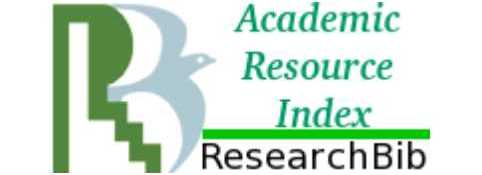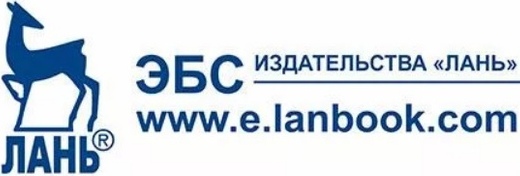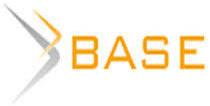DOI:
10.18413/2408-9338-2015-1-4-47-54
The article analyzes the postulate of «arrow of time» founded by the Nobel Prize winner I.R. Prigozhin, according to which there takes place the self-development of a matter, its acceleration and, above all – the complicated dynamics, which is extended on socio-cultural dynamics of risks. The authors trace the development of risks from their origin in the form of personal risks up to new generation of complex risks that are typical for world risk society. Respectively, the theoretical-methodological tools of risk-analysis are also changed in the context of “arrow time” through the transition from one paradigm to another. Thus, to receive the valid knowledge of complex risks, it was necessary not to improve and correct the existing tools butto create qualitatively other interdisciplinary paradigms based on integration of actually sociological theories with other sciences. So, there were turns of sociology to theoretical tools of natural sciences. For the last decade, the famous English sociologist John Urry offered the whole three new turns in sociology – complexity, mobility and resource turns, the theoretical-methodological tools of which are extremely important for understanding of the dynamic nature of modern risks. Recognizing their innovation and the scientific importance, the authors of the present article consider these approaches insufficient and suggest to add the humanistic turn focused on integration of social, natural, and also the humanities in a modern theory of risk.
Keywords: complex society,
society of risk,
world at risk society,
new generation of risks,
complexity turn,
mobility turn,
resource turn,
humanistic turn.
Number of views: 6683 (view statistics)
Количество скачиваний: 10911
All journals
Send article
Research result. Sociology and Management is included in the scientific database of the RINTs (license agreement No. 765-12/2014 dated 08.12.2014).
Журнал включен в перечень рецензируемых научных изданий, рекомендуемых ВАК


















While nobody left any comments to this publication.
You can be first.